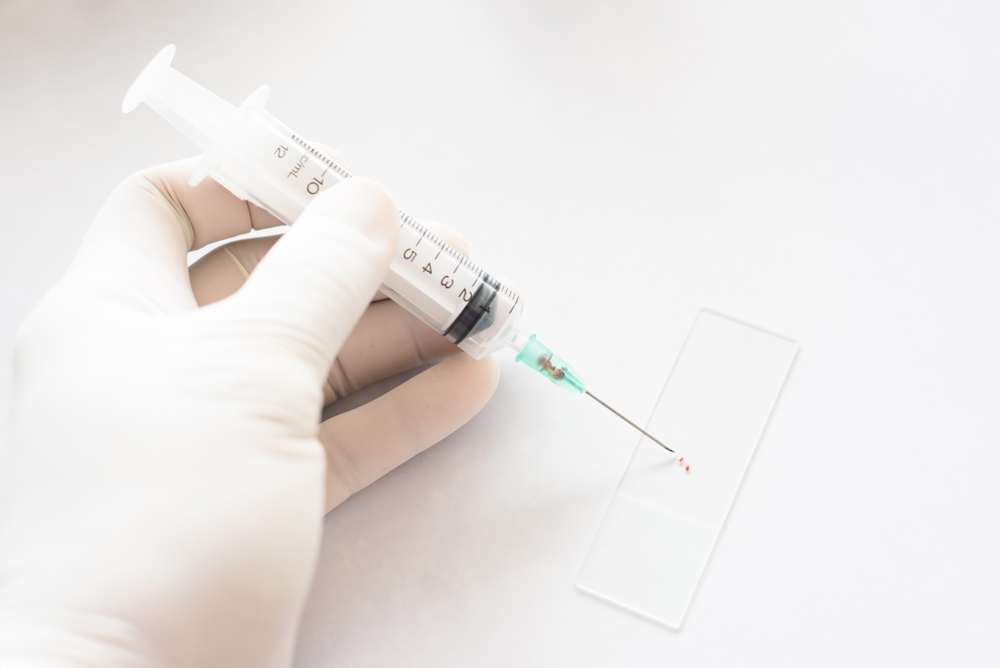Needle aspiration biopsy is a kind of biopsy procedure in which a thin needle is introduced into a site of uncommon tissue or bodily fluid. Furthermore, this type of biopsy can help make a diagnosis or rule out diseases like cancer, just like other forms of biopsies.
Moreover, this procedure is typically considered to be safe, and complications are extremely rare.


